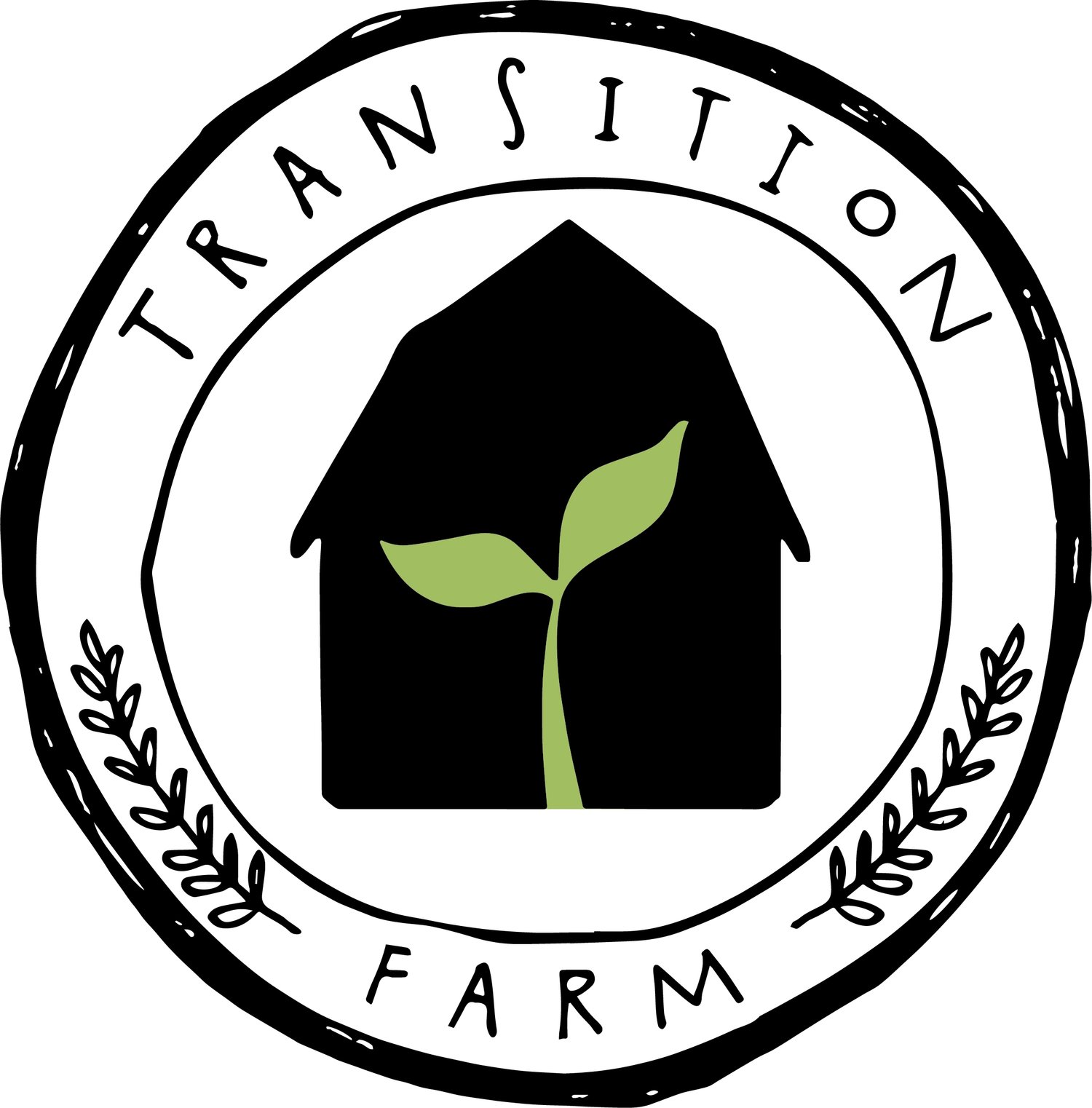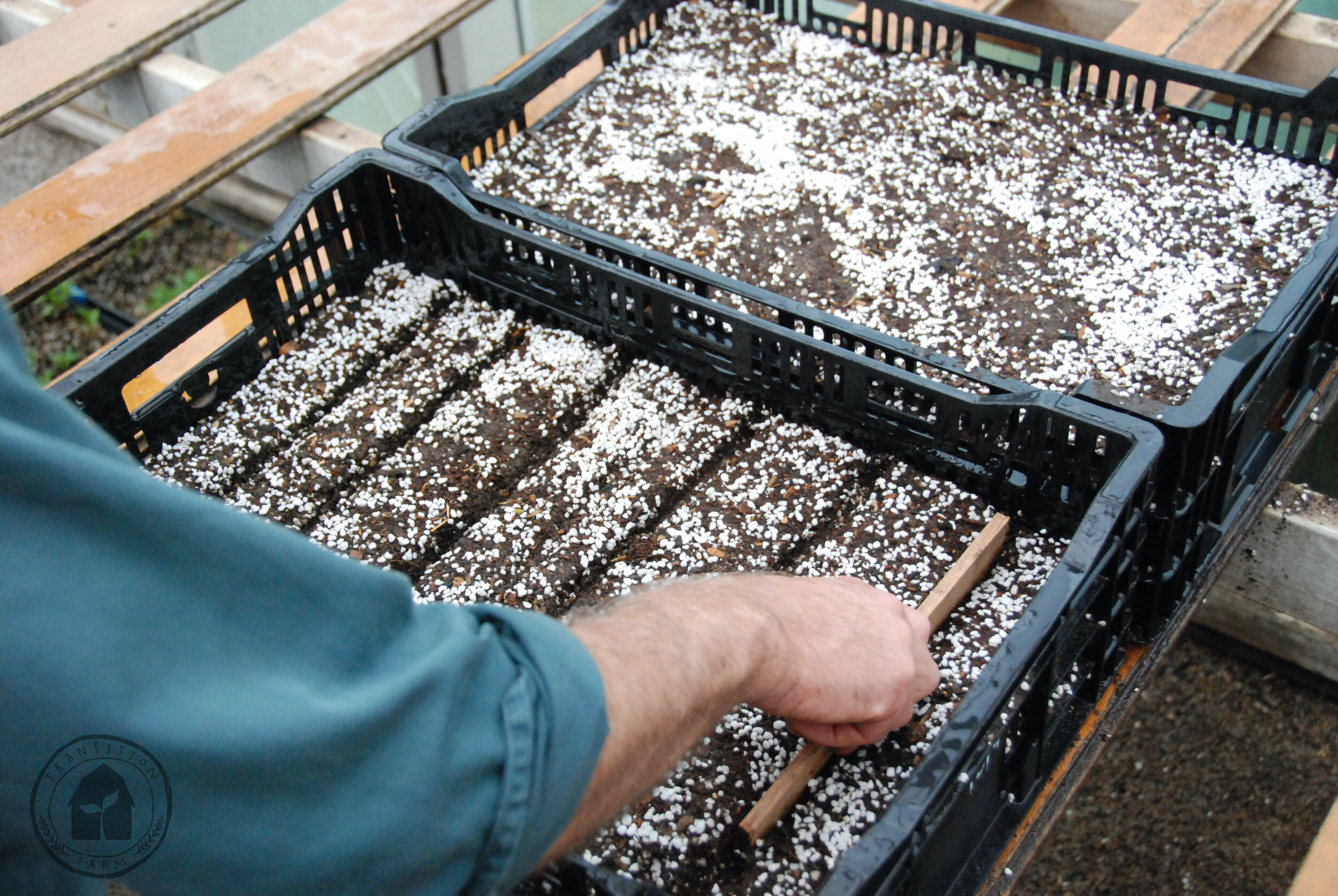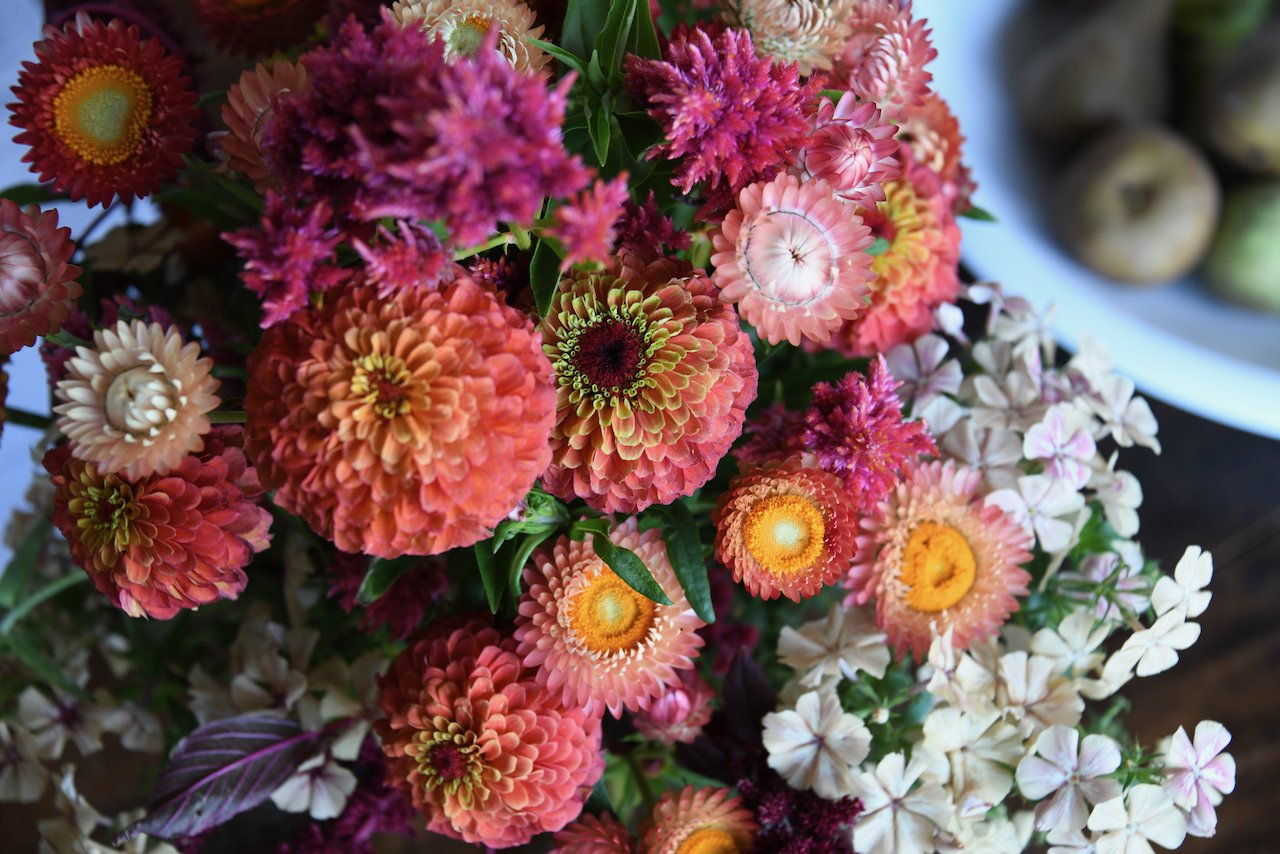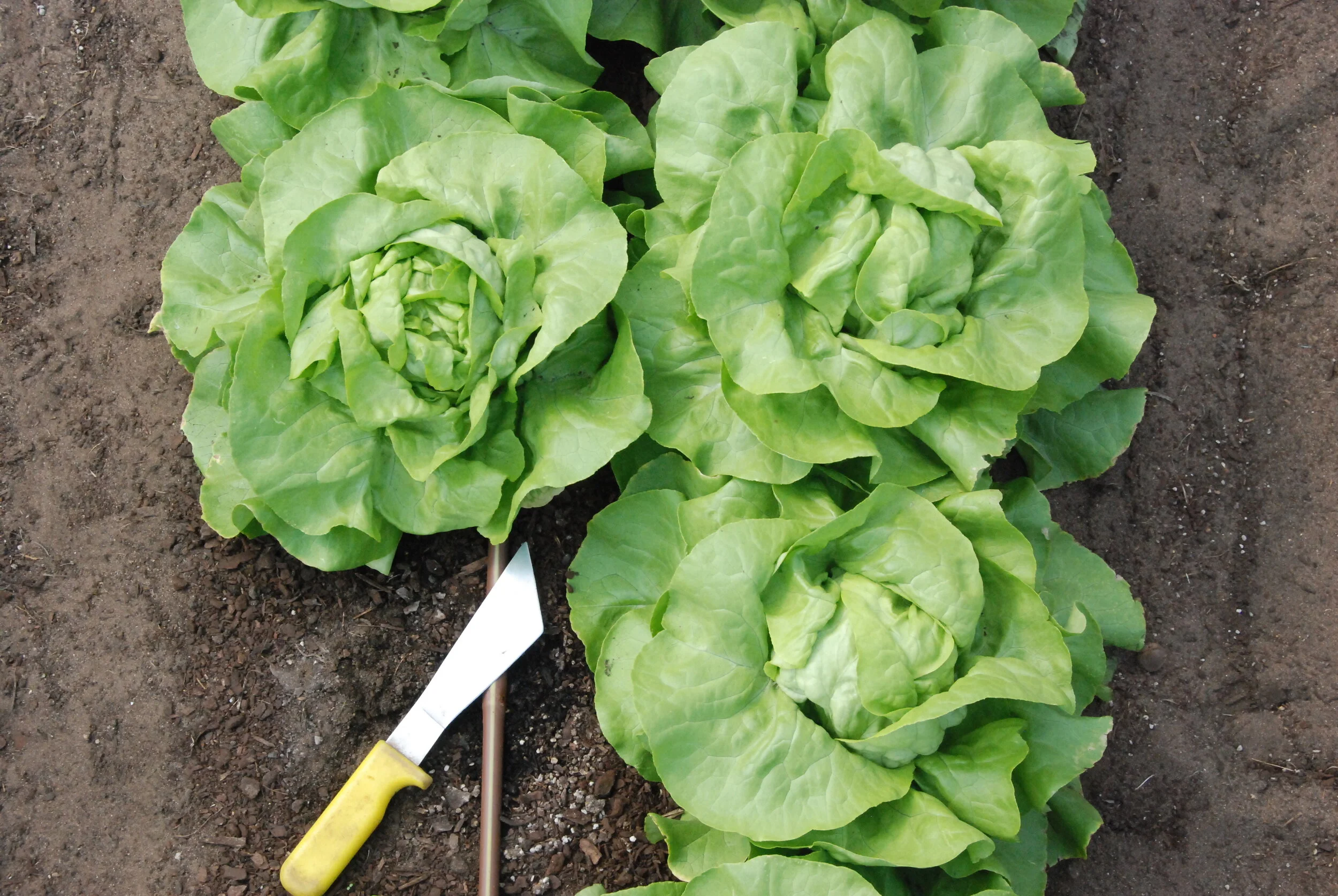Leeks - Sowing and Growing
/PLEASE NOTE - WE WILL BE CONTINUALLY UPDATING THIS POST THROUGH THE LEEK GROWING SEASON WITH PHOTOS
‘DELFT’ LEEKS - Sown 30 October - Harvested mid August
Jean-Martin Fortier, a world renown market gardener, tells a funny story about his first year growing leeks. After having sown, transplanted, weeded, watered, harvest and cleaned his leeks, he took them to the market. On the second week of selling them, an older female customer approached him and said, “Your leeks - de suck! I feed dem to the pigs!” He farmed in Quebec and the population there appreciated the white shank of the leek and apparently his had too much green and not enough white!
We happen to agree. Although the whole leek is usable, we much prefer the inherent sweet, buttery, slightly pungent flavour of the shank of the leek and use the leafy tops in stock. Here is the method we use to sow and grow leeks to maximize the shank and our growing space with minimal effort.
‘Delft’ Leek - Sown 15 September 2020 Harvested 5 October 2021
Variety Matters!
In the 2019-2020 growing season we trialed 17 different leek cultivars. All were sown and grown here on our farm in the same manner. The great thing about trials is that you can see side by side differences and similarities very clearly. Although we graded many characteristics, the size and shape of the shank was a very important one. You can see in the below photo the differences.
We found that there are two distinct colour types with leeks - the greener cultivars and the bluer green cultivars. In our trial, the greener ones shot out of the ground with extra long shanks. But they did not over winter as well in the field. The bluer green were slower growing but a few of the cultivars overwintered extremely well in the field, increasing in length throughout the cold dark season.
The cultivar we choose to carry through to seed production after that first season was ‘Delft’. ‘Delft’ produced a great full size leek for late Autumn (May) harvest. It had an above average white portion, giving way to a white green portion which was still very usable. Compared with another popular open pollinated leek ‘King Richard’, the white portion was longer and was produced without extensive blanching techniques! The core of ‘Delft’ heading into Spring did not grow woody as fast as some of the other varieties.
In the 2021-2022 season, we are growing ‘Lincoln’ as our seed leek. ‘Lincoln’ is a greener cultivar that was ready for harvest from the same sowing date (30 Oct) in mid March.
As market growers, we often use different cultivars to fill different harvest windows - not relying on a single cultivar to do everything! We love variety and diversity and have found over the last decade that not only does this increase your harvest window, it also helps overcome disease and pest issues as one cultivar may be more affected than the other.
2. When sowing, give leeks alot of space to grow a large, pencil size transplant.
While we sow most of our seeds in soil blocks or small celled trays, we sow leeks in bulb crates filled with soil. The soil is 20-25cm deep. This can be achieved in a large pot as well (for the home grower). We sow 25 leeks per line - 6 lines to the bulb tray. This gives each leek enough space to form a sizable shank portion below its leafy top. We grow them in the glass house until they are pencil thickness.
If you question the germination rate of your seed, over sow each line and thin to the desired number.
3. Timing
Leeks used to be one of the first crops we sowed, starting them in the glasshouse in late July. Over the past decade, we have trialed several different start dates. We have settled on a later single start date and sowing several different cultivars at the same time. This has successfully provided us with harvestable leeks from Mid March - mid October! We have preferred having a single leek planting to manage in the field and have found the later date preferable to the size leek our customers wanted and to the lateness of harvest in early spring - the earlier sown leeks bolted sooner!
We now sow leeks in the first week of October.
PLEASE NOTE - In our climate we are able to over-winter the leeks in the field without added protection. Depending on where you live, you may prefer two start dates (late July and early October) and covering your winter leeks with row cover or plastic to protect them.
4. Prepare the soil
As we sow and transplant the leeks later in the season, we can take longer to prepare the soil. For us this involves incorporating a winter green manure in late August, sowing a quick green manure in mid September and incorporating that in late November. In addition to feeding the soil, the quick green manure helps to reduce the overall weed pressure which is very important for leeks - they do not enjoy fighting for nutrients and light.
We transplant the leeks into dibbled holes that are 23cm deep - the leek area needs to be deeply aerated.
We make the beds two weeks in advance allowing time for the first weeds to germinate. We use a flame weeder to kill these ahead of transplanting. You can also shallow hoe to kill the first weeds at white root phase.
5. Make deep holes
We need to give credit here to Eliot Coleman, a market gardener in Maine who has shared so much refined information and specialized tools for the small scale intensive market grower!! He suggested an alternative method to the traditional trench/mulch method for producing leeks with long shanks.
Growing large leek transplants allows you to drop them into deeper holes. As the holes gradually fill in, the leeks naturally self blanch yielding leeks with larger white shanks for minimal effort. This also allows us to grow the leeks more tightly spaced - 3 rows per 75cm width bed, 20cm between each leek. With trenching and hilling, you need to leave much more space between the rows.
We do not further blanch the shanks with hilling and still harvest very well blanched leeks with white shanks well over 25cm.
6.Prepare leek transplants
We lift all the pencil thickness leeks from their bulb crate. We prune the roots to 2.5cm. This helps the leeks to sit firmly in their deep holes without the roots wrapping up and around the shank. You can also prune the tops if they are excessively long to 30cm.
7. Transplanting
We drop each prepared leek into a hole, tapping it gently on the bottom of the hole to ensure it is in the full depth.
WE DO NOT FILL IN EACH HOLE
We water the leeks in which washes some dirt back into the hole. Over the next 2-4 weeks, we shallow cultivate with a collinear hoe causing more dirt to continue to fall into the hole. Meanwhile the leek starts to stretch upwards, producing more green tops. After 4-6 weeks the holes are completely filled!
Before the tops grow too big, we have slightly hilled the soil with a hand how to further blanch the shank.
Leek flower well loved by bees!
PLEASE NOTE - We will be continually updating this post throughout the leek growing season so please ask questions and ask for more information and/or photos in the comments



















